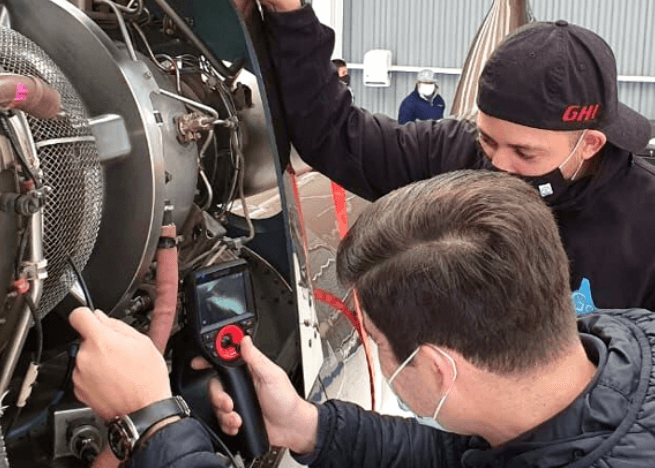
The rise of high-tech devices has revolutionized how professionals inspect hard-to-reach areas. One of the most versatile tools in this category is the inspection camera.
Whether you are a plumber checking pipes, an auto mechanic looking inside engines, or a DIY enthusiast exploring hidden corners of your home, an inspection camera provides real-time visibility where traditional tools fail.
In this article, we’ll break down what an inspection camera is, its varieties, applications, features, benefits, and how to choose the right one for your needs.
What is an Inspection Camera?
An inspection camera (also called a borescope or endoscope) is a device designed to look into spaces that are otherwise inaccessible. It typically consists of:
A flexible or rigid cable
A tiny camera lens at the end
LED lights for illumination
A screen or smartphone connection for real-time viewing
These cameras are designed for professionals and hobbyists alike.
Types of Inspection Cameras
1. Rigid Inspection Cameras
Perfect for industrial use but limited in flexibility.
2. Flexible Inspection Cameras
Equipped with a bendable cable, ideal for plumbing and automotive inspections.
3. Wireless / Wi-Fi Inspection Cameras
These cameras connect to smartphones or tablets.
4. USB Inspection Cameras
Plug directly into a desktop or mobile device for live feed inspections.
5. Dual-Lens Inspection Cameras
Feature enhanced visibility for complex inspections.
Key Features to Look For
When buying an inspection camera, consider:
Resolution: High-quality video.
Cable Length: From 1m to over 30m.
Lighting: Adjustable LED lights for deep pipes and engines.
Waterproof Rating: IP67+ for wet or dirty environments.
Compatibility: Works with Android/iOS devices.
Recording Options: Built-in storage or SD card.
Applications of Inspection Cameras
1. Plumbing
Inspection cameras help plumbers locate blockages.
2. Automotive
Mechanics use them to find hidden damages without dismantling.
3. Home Maintenance
DIY users can inspect air ducts.
4. Industrial Maintenance
Factories use inspection cameras for safety inspections.
5. Aerospace and Defense
Used to perform safety checks.
6. Medical Field (Specialized Endoscopes)
While not the same as household tools, similar technology is used in minimally invasive surgeries.
Benefits of Using an Inspection Camera
Accessibility: Makes the invisible visible.
Time-Saving: Quick inspections.
Cost-Efficiency: Minimizes labor costs.
Accuracy: Provides precise diagnostics.
Versatility: Multiple industries benefit.
How to Choose the Best Inspection Camera
Define Your Use Case – Short-term vs long-term needs.
Check Cable Length & Flexibility – Longer for pipes.
Consider Image Quality – High resolution ensures accuracy.
Select Waterproof & Durable Models – Reliable in harsh environments.
Evaluate Budget & Brand – Affordable models for DIY.
Future Trends in Inspection Cameras
AI-powered Image Analysis for automatic defect detection.
Augmented Reality (AR) Integration for improved visualization.
Ultra-thin & Nano Cameras for medical and microelectronics.
5G & Cloud Connectivity for remote inspection in real-time.
Conclusion
The inspection camera is no longer just a tool—it is a game-changer for professionals and DIY enthusiasts alike. From plumbing and automotive repair to industrial maintenance and aerospace safety, these devices offer the perfect solution for modern inspection challenges.
If you Inspection camera are looking for a way to save time, reduce costs, and improve accuracy, investing in a high-quality inspection camera is the best choice.